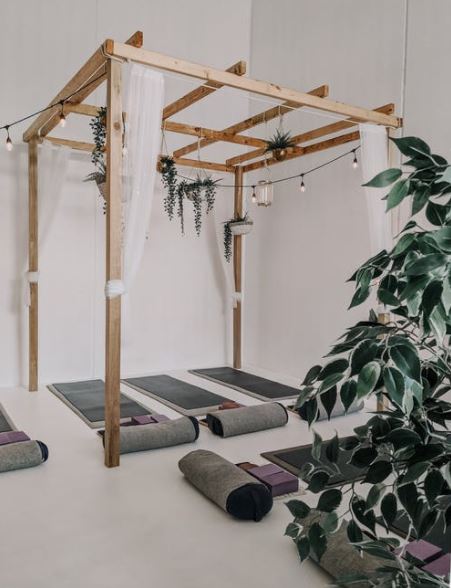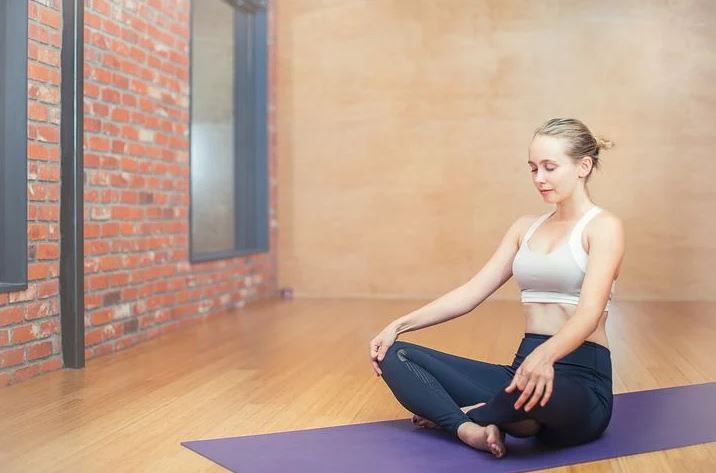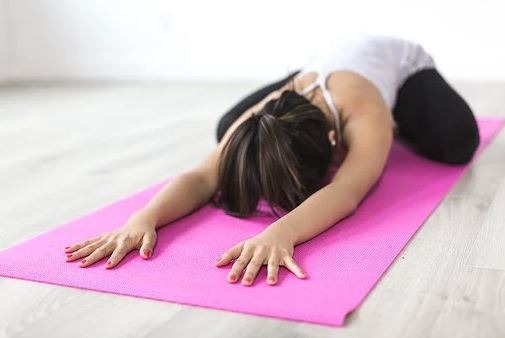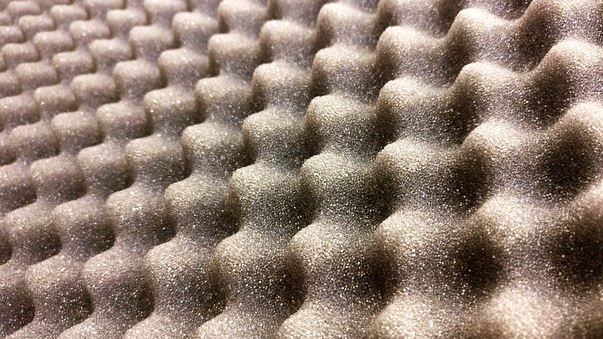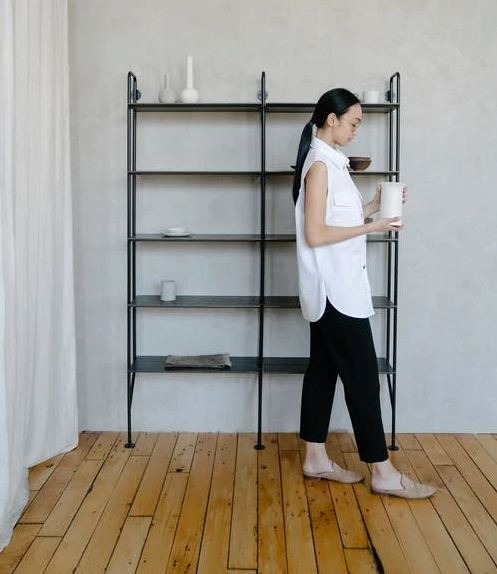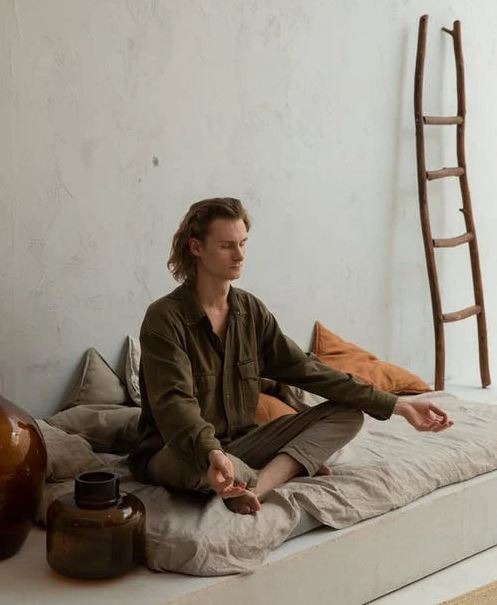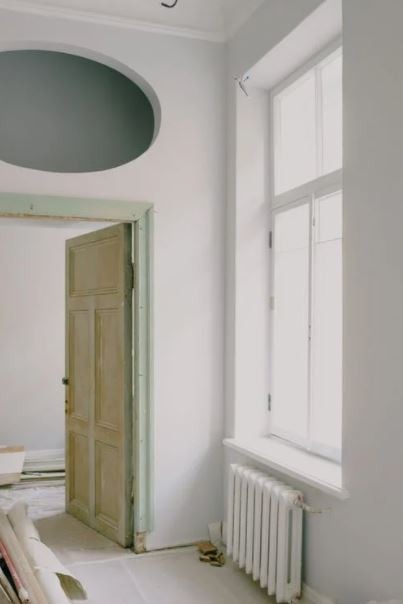A garage is a useful addition to any home, but it doesn’t necessarily have to be reserved for just one purpose. Traditionally, garages are thought of as places where we keep our vehicles when they’re not in use. However, many people are already using their garages for several different purposes.
What Can You Use a Garage For?
Even before the coronavirus pandemic forced a large section of the population to stay at home, many folks were considering utilizing that extra space in their garages. You might have wondered whether to turn your garage into a home gym, a home office, or add a few shelves for extra storage.
However, one of the best ways to get the most out of your garage space is to transform it into a yoga studio. We’re now more aware of the benefits of yoga, both physical and mental. There’s no excessive equipment required, and it’s a great way to ensure fitness when you have to be at home most of the time.
What’s more, having your own yoga studio will help you get the most benefit out of this practise as well. You can invite some friends over, start up your own yoga class, or just have that space as a haven of your own.
Not sure how you can go about creating that tranquil space for yoga? Here are a few tips to get you going:
1. Choose the Right Flooring
Don’t start by making the mistake of ignoring the garage flooring. Most garages have ugly cement flooring; good enough for a workshop, but not for a yoga haven.
Think back to the yoga studios you’ve seen in your lifetime or look up some images online to refresh your memory. You’d notice that these studios usually don’t have carpets. The traditional yoga method requires a mat, which should be able to grip a floor. You want to be safe while doing yoga poses like the downward dog or warrior, so a carpeted or uneven cement surface isn’t going to work.
Hardwood flooring or tiles are your best option for yoga, especially when you choose neutral, earthy colors. However, if you do go for tiles, make sure they’re not too slippery.
A natural wood grain, white, or other soothing options are the most effective kind. Yoga requires mindful concentration, deep breathing, and the ability to focus. If your surroundings are close to nature and muted enough to avoid distractions, you’ll have an overall better experience.
2. Get Some Insulation
A cold and damp garage can adversely affect your yoga routine, so consider some insulation to offset these factors. This step is especially important if you want to do ashtanga or hatha yoga. These types require a comfortable place along with loose and supple muscles. Even basic yoga is better in such cases. If you risk doing such exercises in a cold atmosphere, you can end up staining some muscles and getting seriously hurt.
3. Create the Mood With Wall Hangings
You want a Zen-like environment in your yoga studio, so some soothing decor might help in achieving that goal. Consider hanging up paintings of natural scenery like waterfalls, mountains, and other such landscapes. This will help to make the space more interesting and inviting.
When you’re performing yoga in that space, such distortions will be a welcome distraction from the bare walls. If you want to change things up a bit, consider some posters or frames with inspirational affirmations or any saying that helps with motivation.
Different people do yoga in different ways, and your own yoga studio gives you the freedom to branch out. You might want to have your stereo in one corner, with its speakers playing some peaceful natural sounds. Stay true to what works for you, and make this space the most effective one for your yoga sessions.
4. Get Some Storage Shelves
Yoga usually doesn’t require a lot of equipment. For beginners, a simple yoga mat will be enough. However, since you’re setting up a studio dedicated to some form of exercise, it makes sense to have some storage for fun and useful equipment as well.
If you have children, you might also need those shelves to create a small but fun kids space in the garage. This way, your little ones can be nearby but have enough distraction for you to complete your sessions.
Metal shelving might be your best bet here; it’s sturdy, long lasting, and able to weather the elements. If the color clashes with the earthy decor, it’s always easy to paint such shelves to get a more suitable shade.
If there’s limited space or shelves don’t seem like a useful option right now, you can make do with a few hooks and bins. Roll up your yoga mats and store them upright in a deep bin, and hang your towels, sweatbands, and other equipment on the hoods. Some yoga enthusiasts like to use blocks for their relaxing poses; these can also go in a storage bin or on a shelf.
5. Consider Weather-Proofing the Doors
If the weather in your area is extreme (especially when it’s on the colder side), it’s probably wise to get some weather proofing done on your garage door. Even if the heating system in your home extends to the garage, which is unlikely, you don’t want to run up the energy bill by cranking the heat up too high.
For locations with very low temperatures during the winter months, it’s best to invest in garage doors that can resist the weather elements. There are now wind-rated doors on the market, which ensure that the cold wind won’t enter your yoga space. Also, look into options for closing the gap underneath the doors so that the drafts don’t get in from there either.
6. Make the Walls an Earthy or Neutral Color
We’ve already covered the importance of having the garage flooring in a neutral tone. Take a look at your garage walls too; the chances are high that they’re bare, whitewashed, and just too ugly for a tranquil studio space. While you’re setting up your yoga space, it might be wise to think about giving the walls an earthy color as well.
Go for a color that will match your following as well as any decorations you have in mind. With hardwood flooring, a tan or off white color for the walls will be suitable.
Tiles are another option for the garage walls, in case you want to splurge a bit. There are tiles that can resemble hardwood floors; alternatively, choose a soft color like lavender or seafoam. Go by your instinct; if it gives you a sense of peace and calm, it’s probably the right choice.
7. Go For Natural Lighting As Much As Possible.
A studio of any kind needs decent lighting, but the best option for yoga is natural light. If your budget allows it, install some large windows in the space. During the day, you’ll be able to benefit from the lighting filtering in and save on electricity at the same time.
However, windows won’t cut it if you want to do some yoga in the evening. In many cases, garage lights are either too harsh or too limited to provide a really peaceful atmosphere. Instead, you can go for a standing lamp in the corner. Dim it to provide a soft white glow or whatever you’re most compatible with.
If you do decide to go with more windows, the issue of privacy might come up. When budgeting for this addition, make sure you also add the cost of blinds or curtains to these windows. Frosted glass is another option; it will allow soft light to filter through and also prevent other people from peering inside.
Conclusion
It’s always nice to have all your living spaces used in a functional, beneficial manner. Turning your garage into a yoga studio might sound hard, but it’s really not that difficult. If some of the points above seem too drastic or expensive, you can skip tem for the time being. At the end of the day, what matters is that the space gives you a sense of tranquility, calmness, and focus.
Remember, the setup of any studio can affect the way you exercise. Work on some careful planning before starting on the changes, and consider some decent gym equipment in case you want to switch things up at times. Other than the equipment, make sure to consider lighting, ventilation, temperature, color, and any element that can influence the atmosphere.

